In a time where most things are disposable, high-quality solar lights stand out in that they are built to last –– providing value for years after purchase.

Whether you’re in the process of designing an outdoor illumination system for the front of your home, want to spruce up your garden with some quiet ambience, or would like to add some brightness to a walkway, solar lights are a great option to consider to make your dollar go further.
You may be wondering, though –– do solar lights last long enough to be worth the cost? After all, some traditional electric outdoor lighting can seem cheaper. The answer is yes, especially if you take the time to care for them.
Here we will answer some common questions people have when considering purchasing solar lights, and some tips on how to maximize your solar lights’ lifespan to make them all the more worth it.
So how long do solar lights last?
Generally speaking, the batteries in outdoor solar lights can be expected to last about 3-5 years before they will need to be replaced. The LEDs themselves can last ten years or more.
Solar lighting is a cost-effective and environmentally friendly alternative to traditional lighting sources. One of the key benefits of solar lighting is its long lifespan, which means that it can provide bright, reliable light for many years with little to no maintenance. In this article, we will explore how long solar lights last and the factors that can affect their lifespan.
Solar lights are designed to be durable and resistant to the elements, but like any product, they will eventually need to be replaced. The lifespan of a solar light will depend on a number of factors, including the quality of the product, the amount of sunlight it receives, and the amount of use it receives.
On average, solar lights can last for several years before they need to be replaced. Many solar lighting products come with a manufacturer's warranty that covers defects and other issues for a certain period of time. This can give you an idea of how long the product is expected to last under normal use.
One of the key factors that can affect the lifespan of solar lights is the amount of sunlight they receive. Solar lights rely on sunlight to charge their batteries, and the more sunlight they receive, the longer they will be able to provide light. In general, solar lights that receive a lot of sunlight will have a longer lifespan than those that receive less sunlight.
Another factor that can affect the lifespan of solar lights is the amount of use they receive. Solar lights that are used frequently will typically have a shorter lifespan than those that are used less often. This is because the batteries and other components of the solar light will wear out over time with frequent use.
Key Points On Solar Light Lifetime
- Solar lights are designed to be durable and resistant to the elements, but like any product, they will eventually need to be replaced.
- The lifespan of a solar light will depend on a number of factors, including the quality of the product, the amount of sunlight it receives, and the amount of use it receives.
- On average, solar lights can last for several years before they need to be replaced. Many solar lighting products come with a manufacturer's warranty that covers defects and other issues for a certain period of time.
- Solar lights that receive a lot of sunlight will have a longer lifespan than those that receive less sunlight.
- Solar lights that are used frequently will typically have a shorter lifespan than those that are used less often. This is because the batteries and other components of the solar light will wear out over time with frequent use.
You will know that it is time to change parts when the lights are unable to maintain charge to illuminate the area during the night.
There are a few adjustable factors that can also affect the lifespan of your outdoor solar lights.
For one, their placement in relation to other artificial lighting can diminish or enhance their longevity. Make sure that your outdoor solar lights are placed in direct sunlight at a distance from street lighting or house lighting, as too close of a proximity can throw off the sensors that cause them to kick on in low lighting.
Apart from their location, the cleanliness of the solar panels can also be a factor in solar light upkeep. Especially if you have your lights located near a garden or other typically dirty area, be sure to wipe off the panels every other week so that they get sufficient sunlight.
While most lighting systems are designed to withstand various kinds of weather and climates, they function best when they can receive a full day of direct sunlight and are not at risk of being covered in snow or knocked over by severe winds. If you are concerned about the weather at particular times of year affecting your solar lights, consider storing them for these periods.
How long do solar lights stay lit?
If your outdoor solar lights receive enough sunlight for a full charge (usually about eight hours), they will be able to illuminate all evening, starting when the light gets low, around sunset.
However, the placement of solar lights can have a significant impact on their performance. In this article, we will explore some of the key considerations for solar light placement and how it can affect the performance of your solar lighting system.
-
Sunlight: Solar lights rely on sunlight to charge their batteries and provide light. Therefore, it is important to place your solar lights in an area where they will receive plenty of sunlight. This will ensure that the batteries are fully charged and that the solar lights are able to provide the maximum amount of light. The best location for solar lights is a south-facing area that receives direct sunlight for the majority of the day.
-
Shadows: Shadows can significantly reduce the amount of sunlight that solar lights receive. If your solar lights are placed in an area where they are frequently shaded, they may not be able to charge their batteries fully and may not provide as much light. To maximize the performance of your solar lights, it is important to avoid placing them in areas where they will be shaded by trees, buildings, or other structures.
-
Distance from the electrical grid: Solar lights do not require a connection to the electrical grid, which makes them a convenient and cost-effective option for illuminating outdoor areas. However, the distance of your solar lights from the electrical grid can impact their performance. The farther your solar lights are from the electrical grid, the more sunlight they will need to generate the same amount of light as traditional lighting sources. To ensure that your solar lights are able to provide the desired amount of light, it is important to consider the distance from the electrical grid when determining the size and placement of your solar lighting system.
-
Landscape features: The landscape features of your property can also impact the performance of your solar lights. If your solar lights are placed in an area that is prone to flooding or other extreme weather conditions, they may not be able to perform optimally. To ensure that your solar lights are able to provide reliable light, it is important to consider the landscape features of your property when determining the placement of your solar lighting system.
By considering factors such as sunlight, shadows, distance from the electrical grid, and landscape features, you can help to ensure that your solar lights are able to provide bright, reliable light for many years.
Sometimes lights will stay on longer or shorter, a problem which can usually be attributed to how well the panels are able to absorb the light. Again, checking to make sure that your lights are in the optimum spot (in direct sunlight, away from shadows or covered up by plants) can help ensure they are performing at their best.
If you are concerned that the batteries in your lights are being overused, consider either setting a timer for the lights or turning them off and/or putting them away for some periods of time. You may want to also test a few different locations before deciding on a permanent place for your lights.
Solar light lifespan troubleshooting tips
You may find that in the course of your light’s life, that you encounter some problems with their functioning.
Common problems include the battery dying, weak light due to poor sunlight absorption, or general light malfunction. These issues can likely either be attributed to the age of your solar light or the cleanliness of the solar panels themselves.
If you are having issues with your lights, check the battery and clean off the panels to see if that rectifies the problem before you go looking to purchase new ones.
Get the right solar lights for you
Since solar lights do not use electricity, and last for several years without needing to be replaced, the savings from choosing them over traditional outdoor lighting can quickly prove worth it. Not to mention the better environmental impact!
With the right care and maintenance, you can make sure to maximize the life of your lights so that they illuminate your space while proving their value. As mentioned above, you can anticipate about two years of longevity before the batteries will need replaced, although they may last longer than that. The LEDs themselves often last 10 to 15 years before they burn out.
The two best things you can do to sustain your lights are to choose a great location with direct sunlight, and keep your panels squeaky clean. No matter what project you have cooking up in your home or garden, there are likely outdoor solar lights that will be the perfect fit for you.
Ready to buy? Outdoor Solar Store carries a number of different types of lights for purchase, from lamp posts to spot lights and flood lights, to name a few.
Browse our selection to find the light system you’ve been looking for.

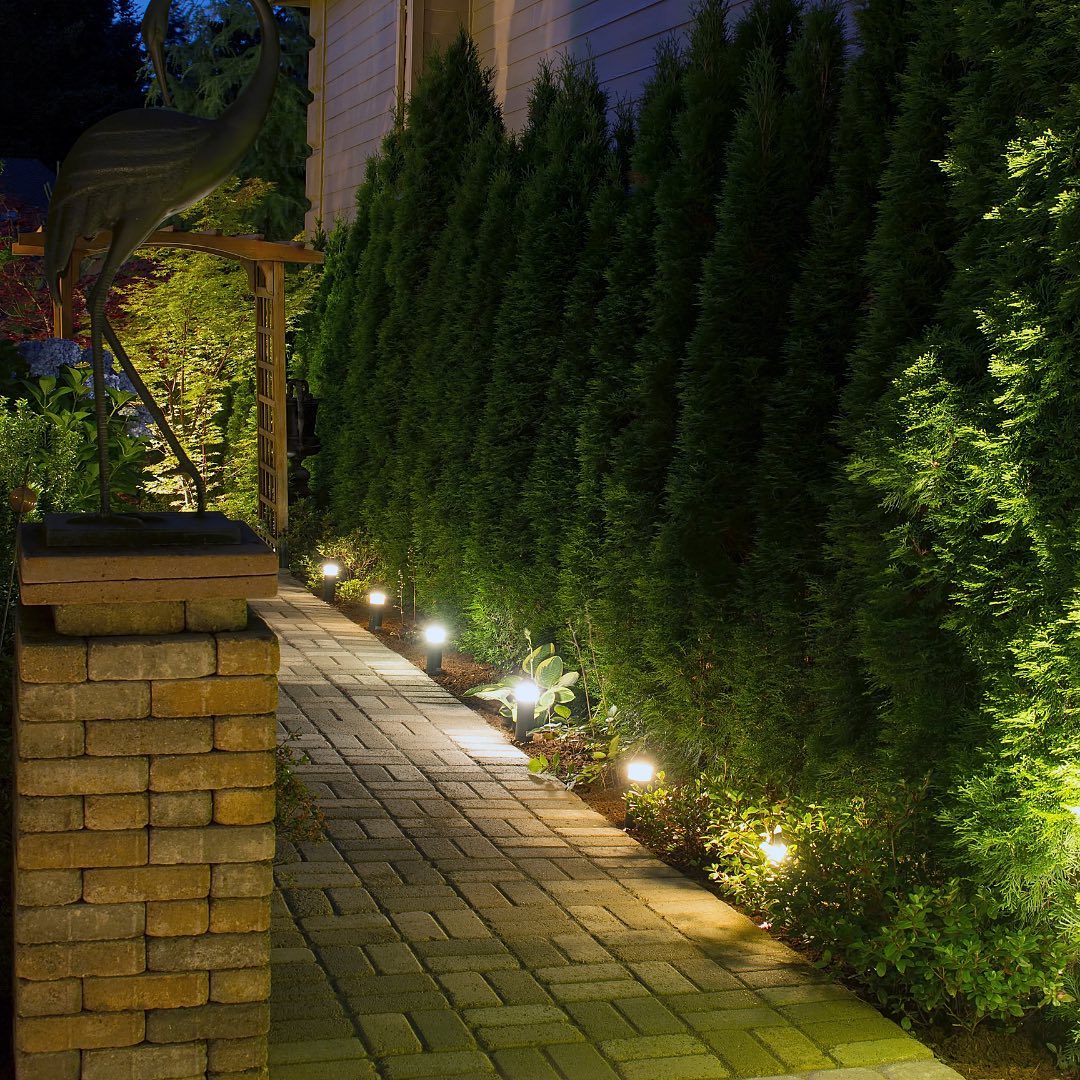
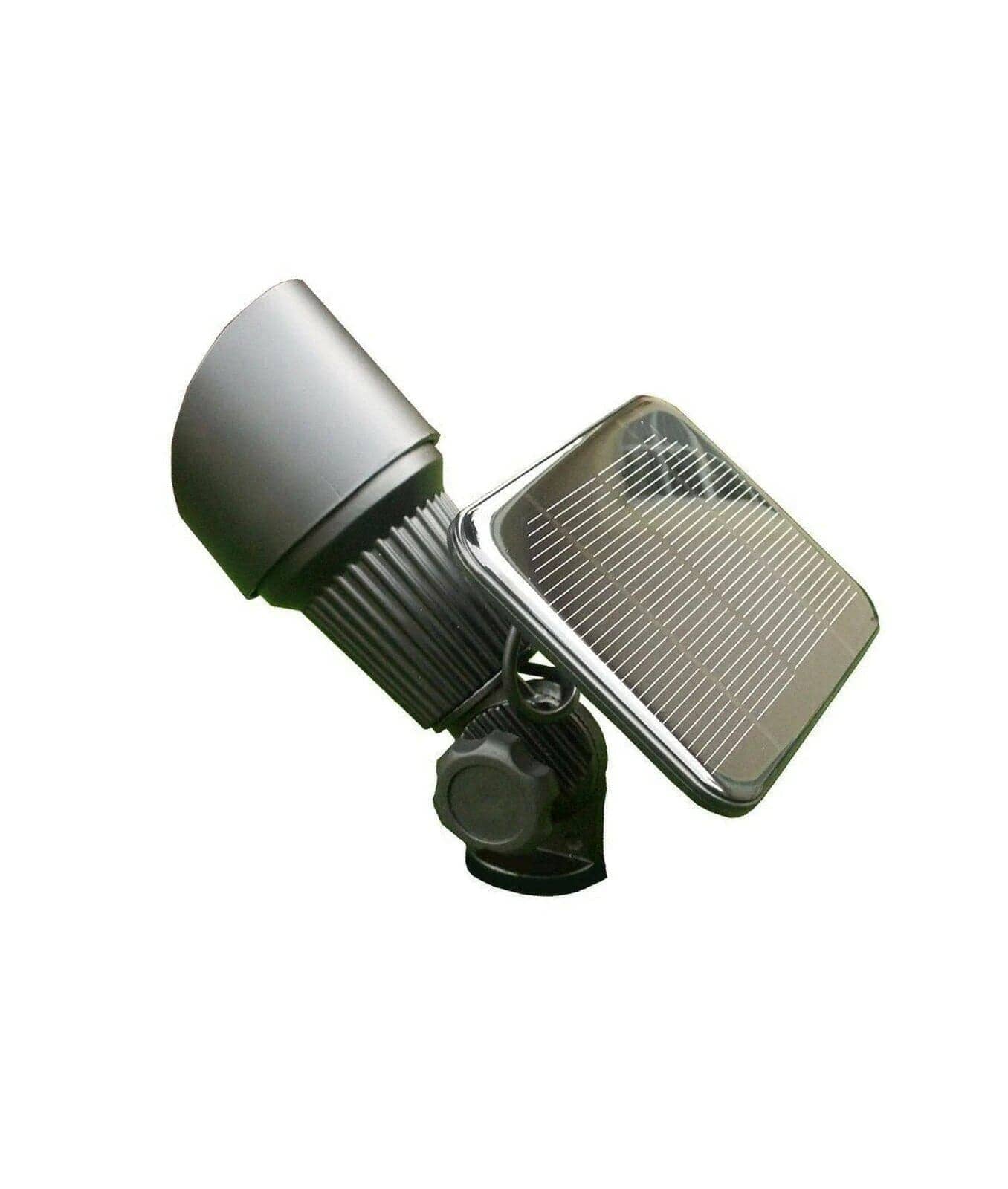
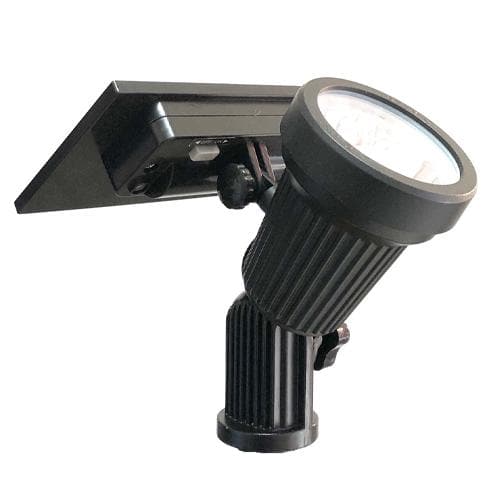
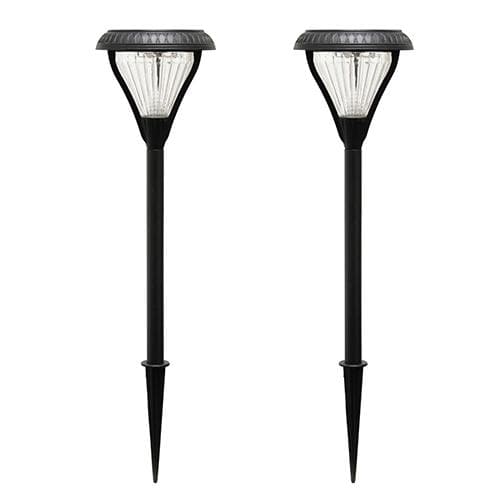
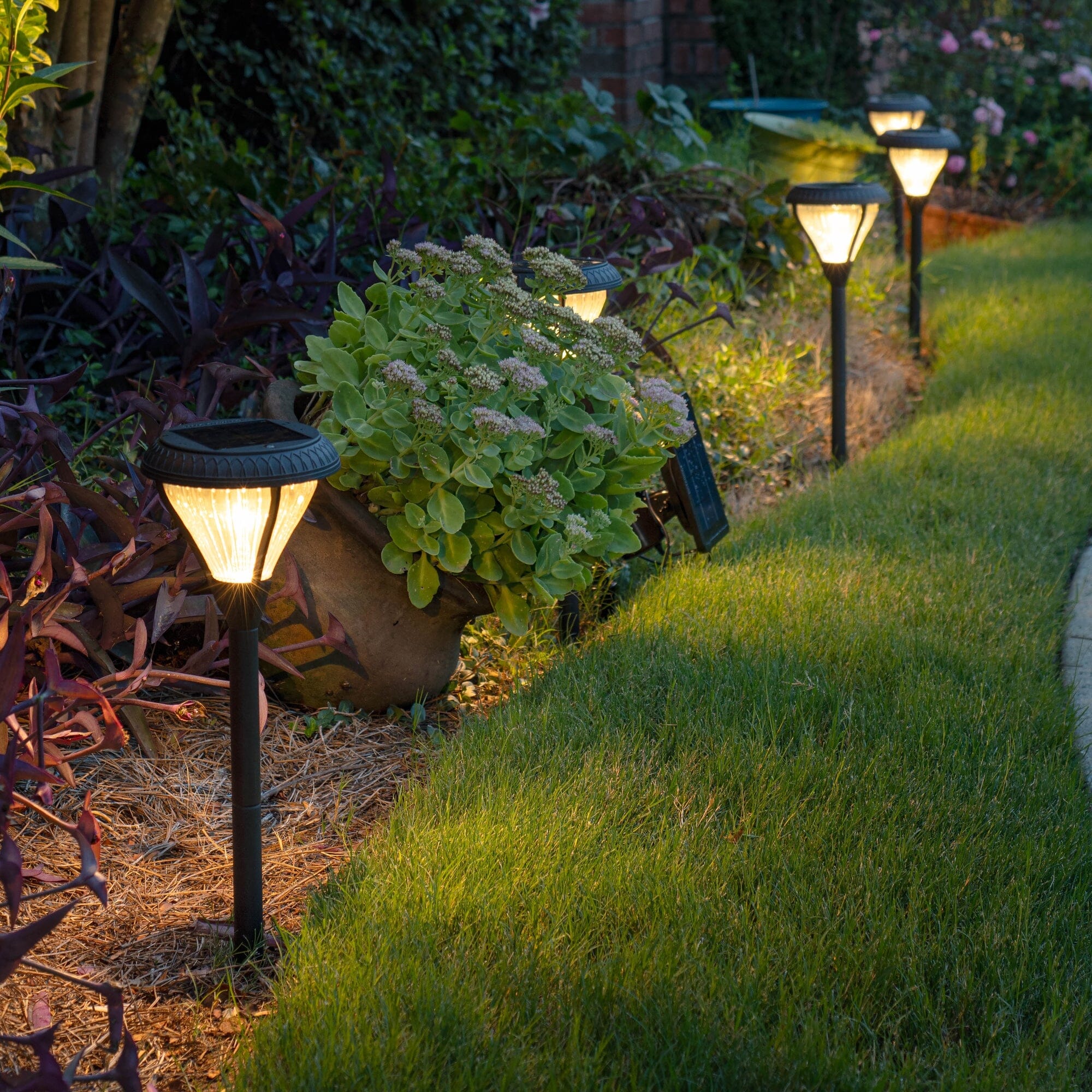
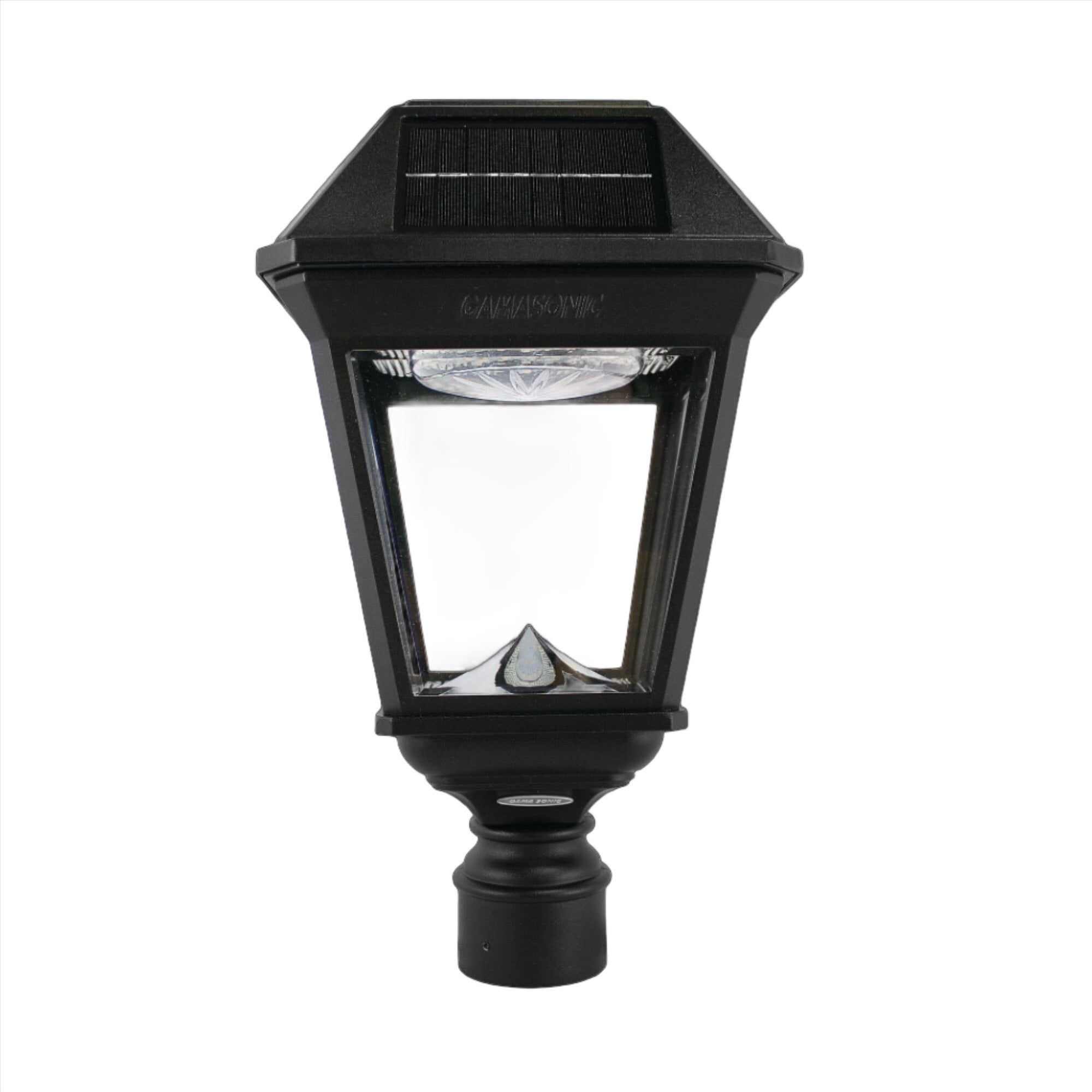
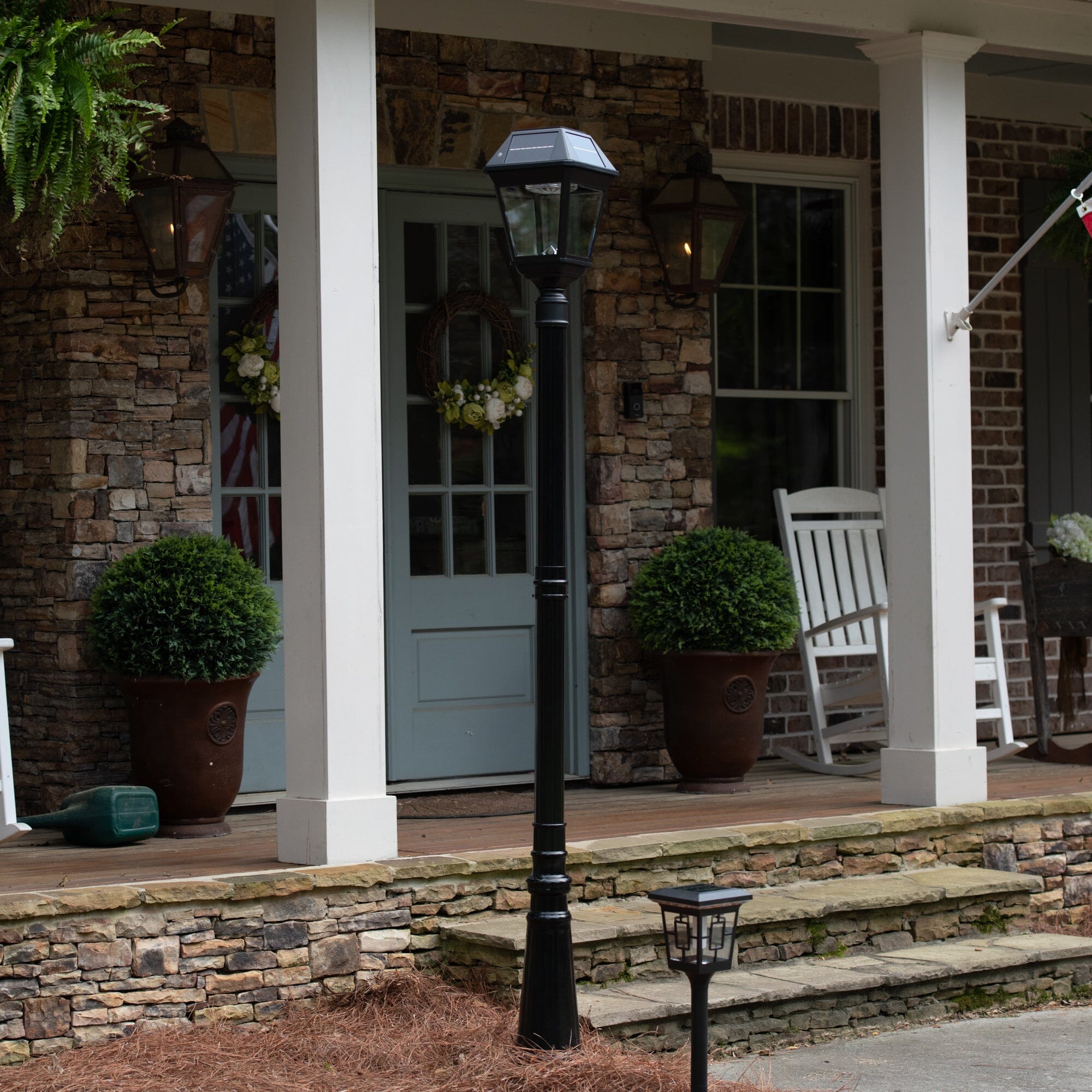
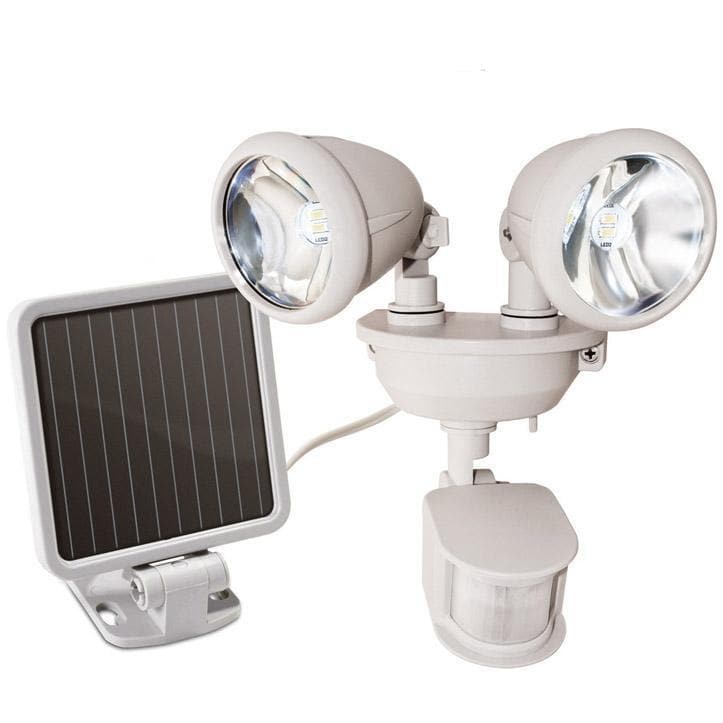
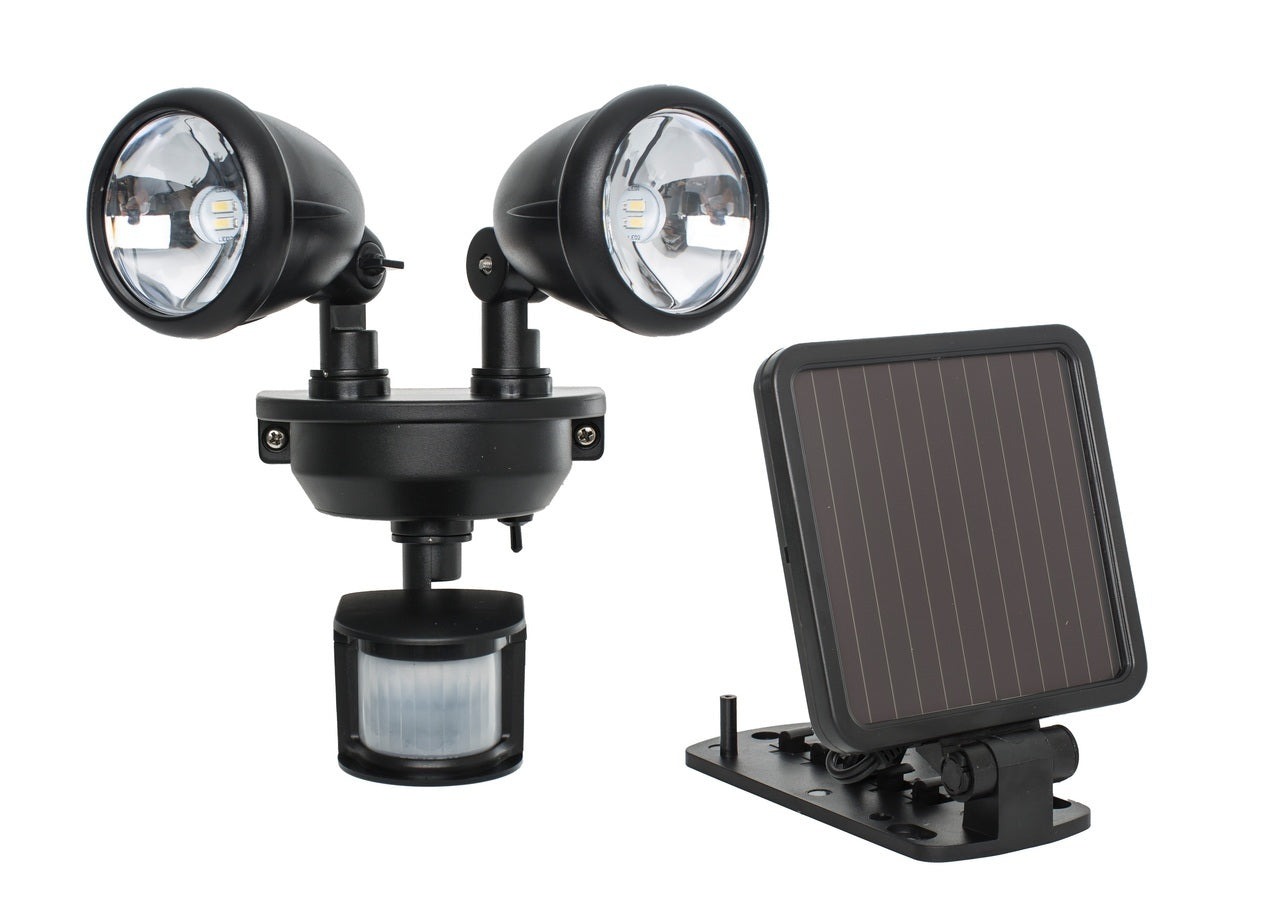
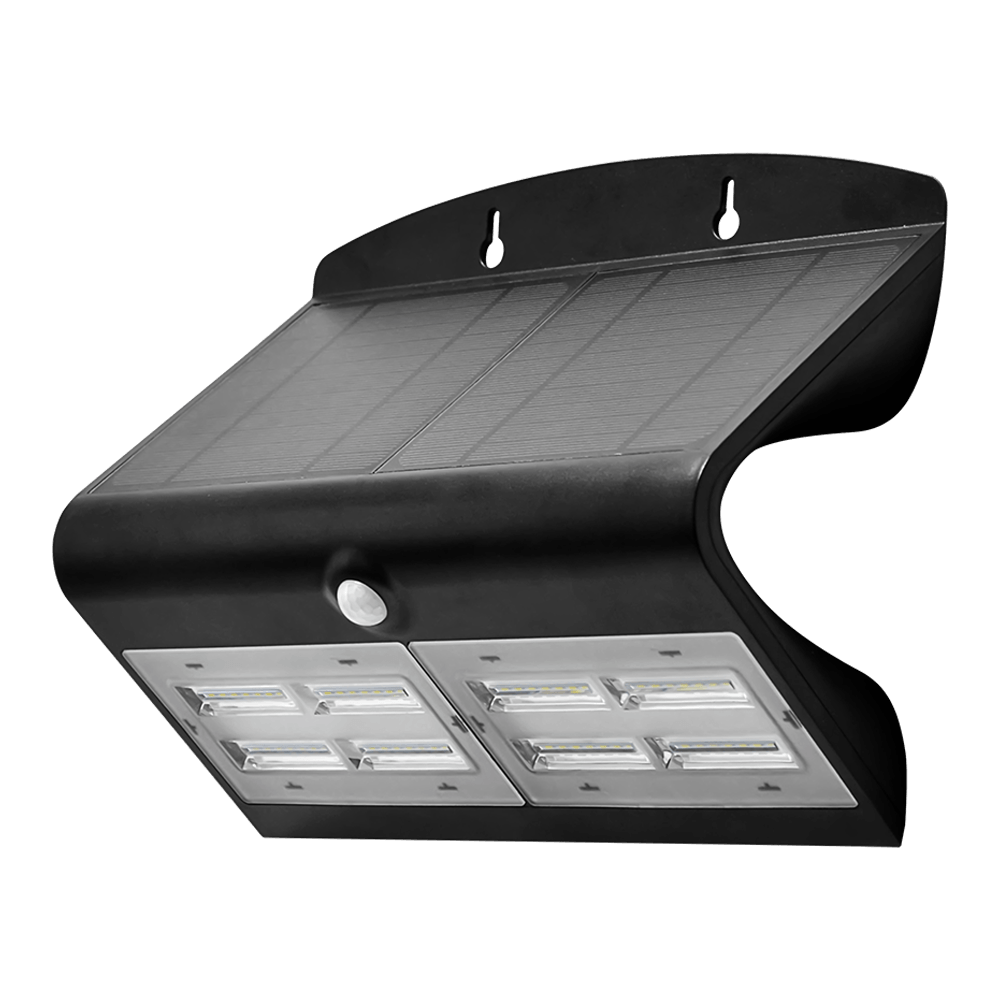
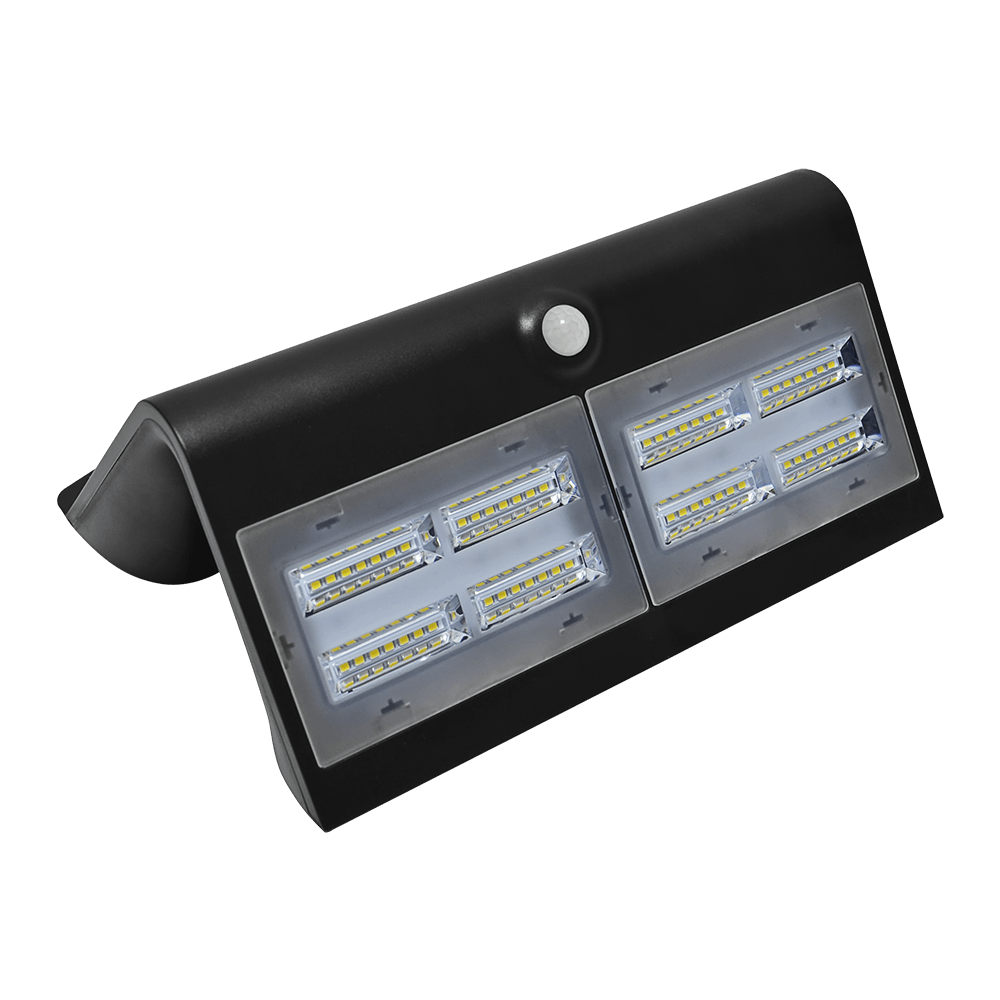
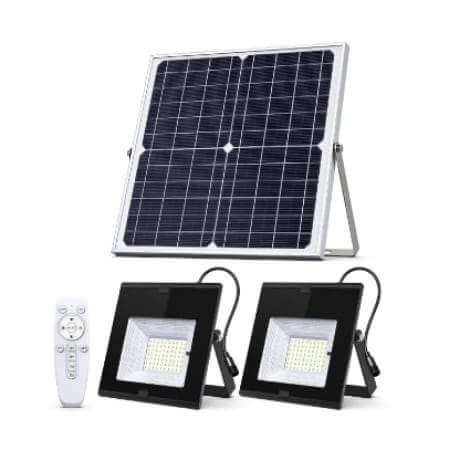
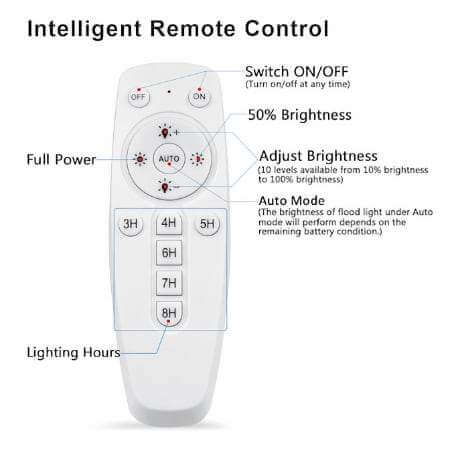
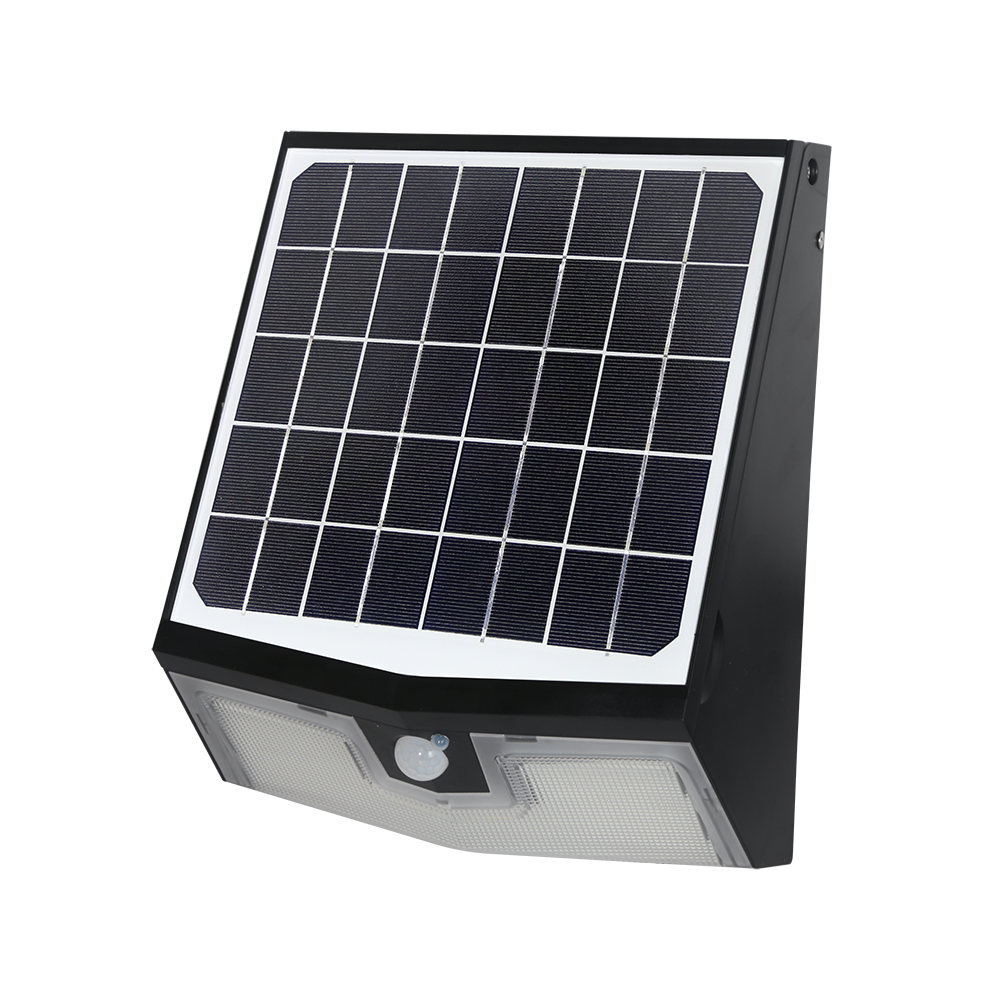
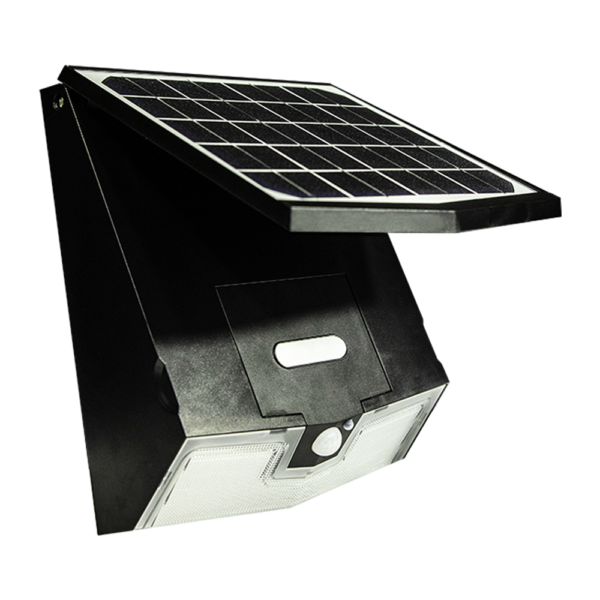
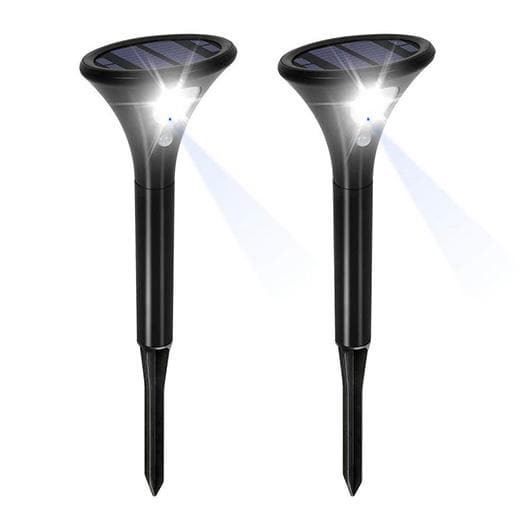
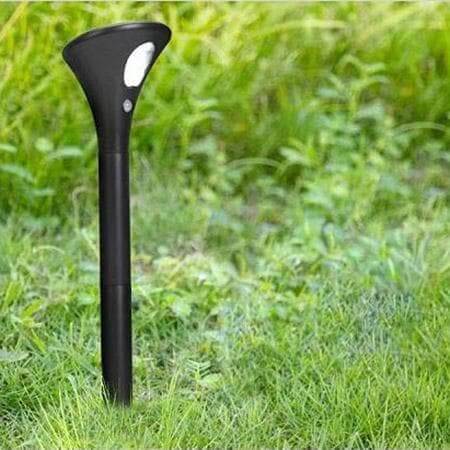
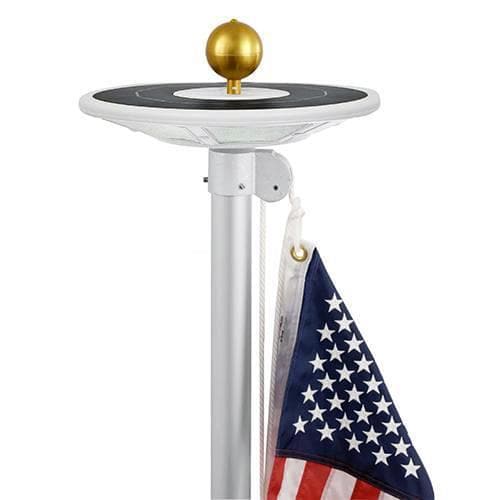
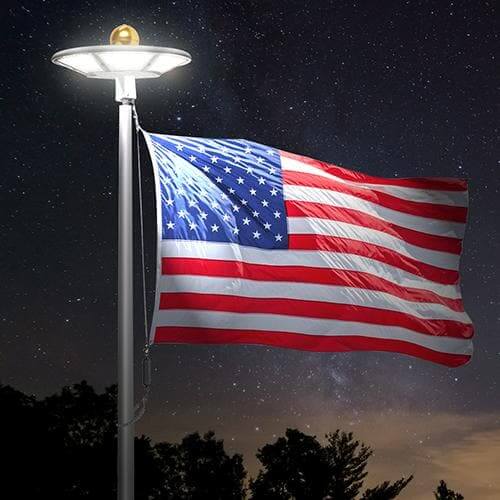
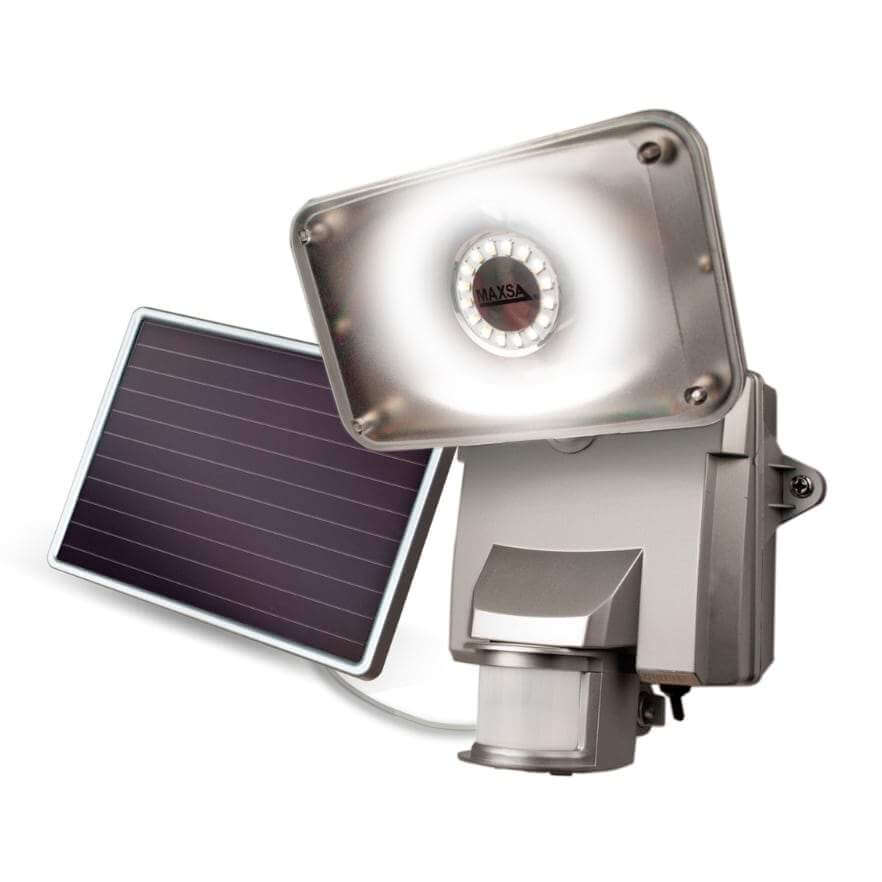
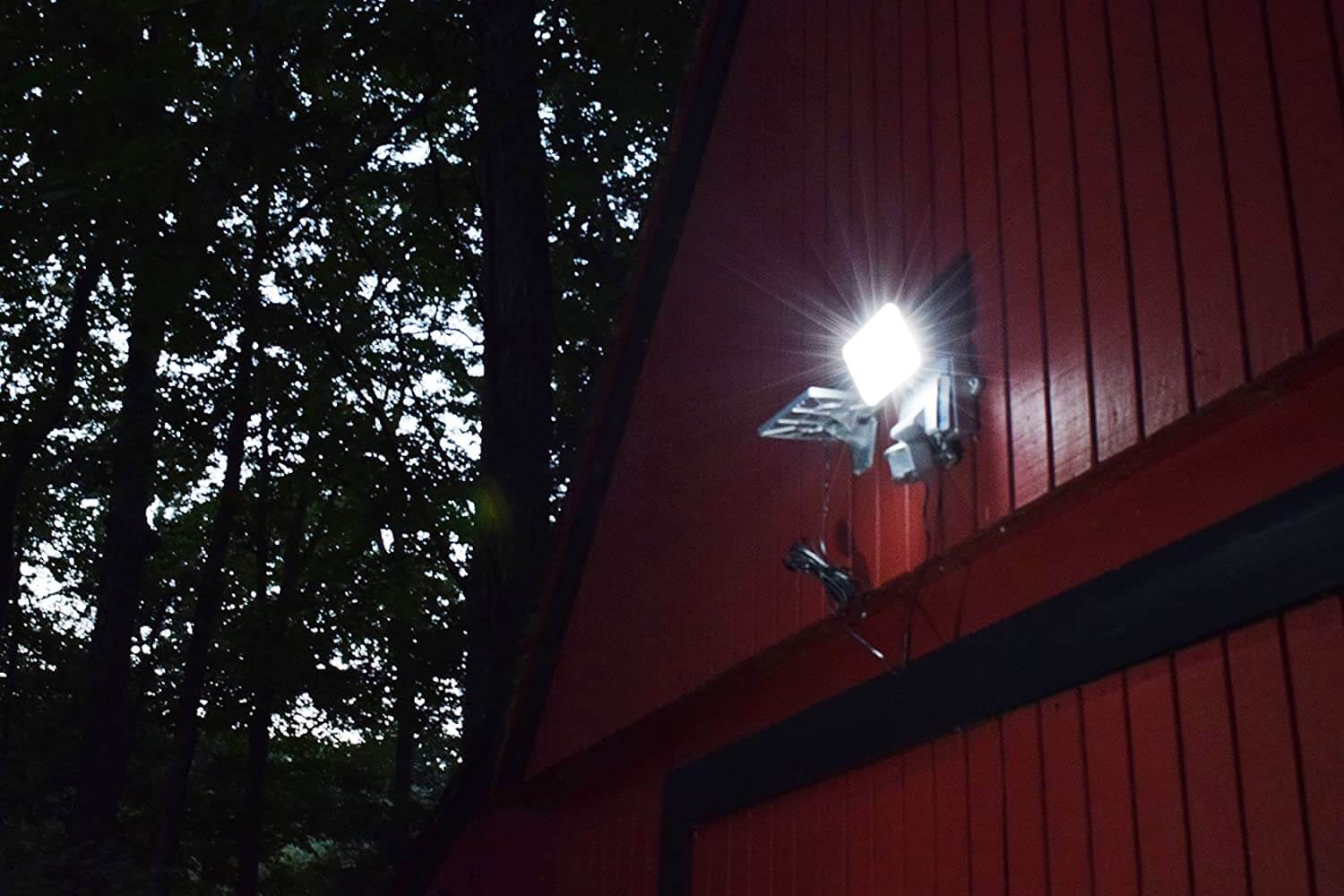
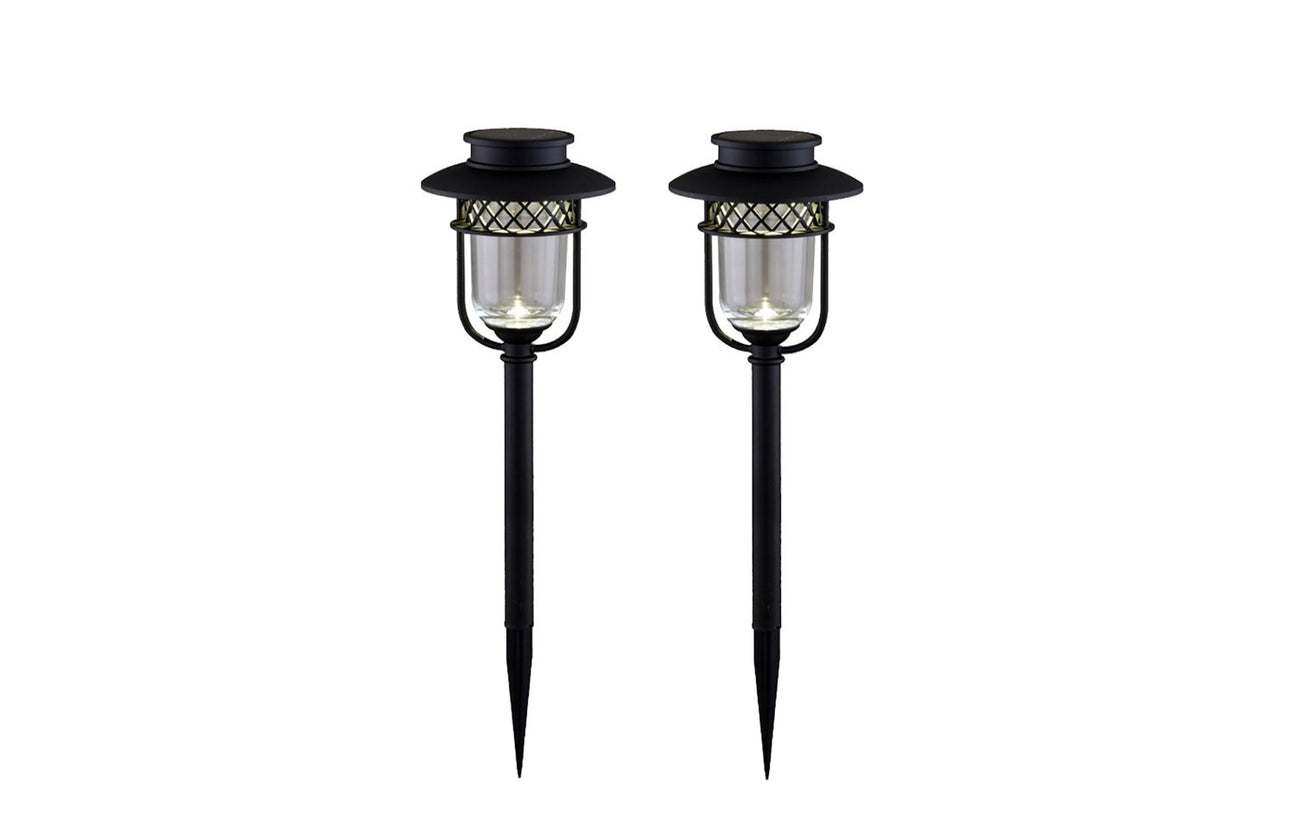
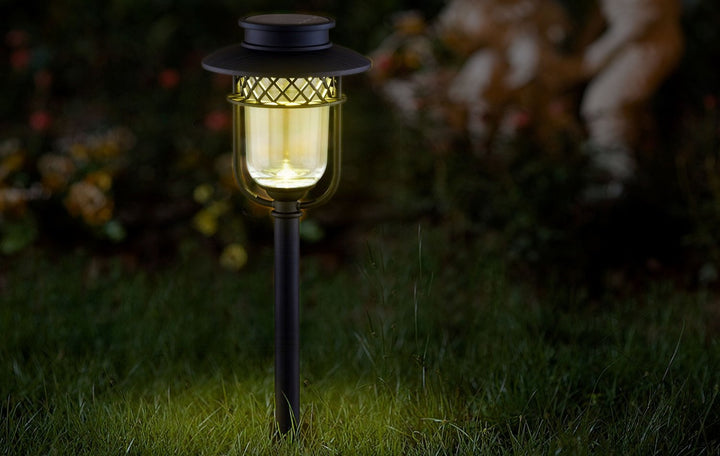
6 comments
Larry
I live in Southern California and I use lots of string led lights solar pane in my backyard; however, I find it hard to keep the solar panels clean. It seems that the extreme heat here in the desert damage the plastic covering on the front making them turn a yellowish color. Any recommendations you can provide me?
Stanley C Werstler
My battery cost $15. It’s a Gama Sonic 1500 ma 3.2v 4.8 Wh.
Mandeep
How much do the replacement batteries cost
Ervin Ward
Very informative.
Tks
Ervin Ward
Dave Sliman
How are these light posts anchored so in heavy winds they do not blow around??
Paul Phillips
How much do the replacement batteries cost?